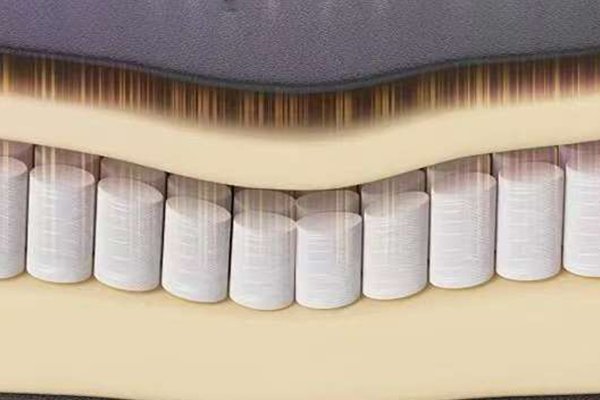
Foam quality plays a crucial role in the comfort and longevity of a sofa. But do compressed sofas offer better foam quality compared to traditional sofas?
Compressed sofas use high-density foam designed to withstand compression, offering good support and resilience. However, traditional sofas often use thicker, premium foam that provides better long-term durability and comfort.
Let’s analyze the foam quality in both sofa types to determine which is better.
What Are the Key Factors in Evaluating Foam Quality?
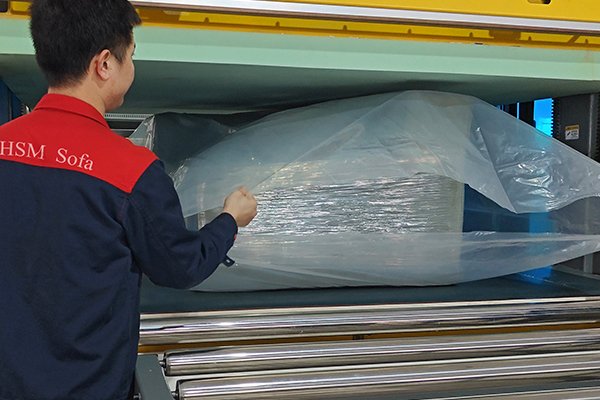
The quality of sofa foam is determined by several factors, including density, resilience, and longevity.
Key Factors in Foam Quality
| Factor | Description |
|---|---|
| Density | Higher density foam offers better support and durability. Measured in kg/m³ or lbs/ft³. |
| Resilience | The foam's ability to return to its original shape after compression. High-resilience (HR) foam lasts longer. |
| Durability | The ability to maintain shape and support over years of use. Premium foams degrade slower. |
| Comfort | Softer foams feel plush but may lose shape faster; firmer foams provide long-lasting support. |
Both compressed and traditional sofas use high-density foam, but their structure and long-term performance differ.
What Type of Foam Is Used in Compressed Sofas?
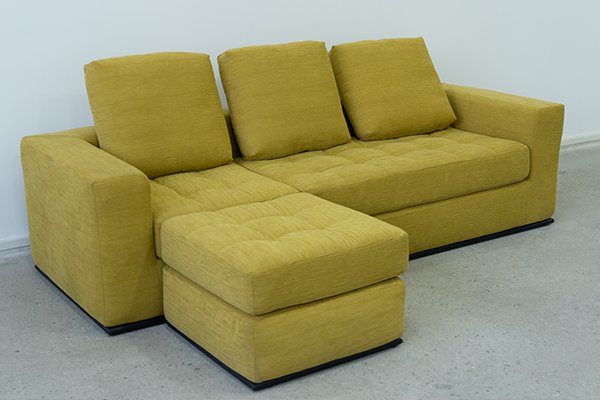
Compressed sofas require foam that can withstand vacuum compression and still retain its shape once unpacked. Manufacturers often use high-density polyurethane foam or memory foam blends to ensure durability.
Features of Compressed Sofa Foam:
- High-density foam (30-40 kg/m³ or 1.8-2.5 lbs/ft³) for better support.
- Memory foam layers enhance comfort and contouring.
- Resilience treatment to withstand compression without breaking down.
- Lightweight materials to maintain flexibility during storage and transport.
While compressed sofa foam is engineered for resilience, some users report that it may soften over time, reducing support compared to traditional sofas.
How Does Traditional Sofa Foam Compare?

Traditional sofas typically use thicker layers of high-density foam combined with coil springs or down-filled cushions for enhanced comfort and longevity.
Features of Traditional Sofa Foam:
- Higher density (35-50 kg/m³ or 2.0-3.0 lbs/ft³) for longer lifespan.
- Multi-layer foam systems including softer top layers and firm base layers.
- Better breathability, reducing heat buildup compared to compressed foams.
- Optional coil springs for added structural support and comfort.
Traditional sofa foam does not undergo compression, so it retains its full structure from day one, often providing a longer-lasting seating experience.
Which Foam Type Lasts Longer?
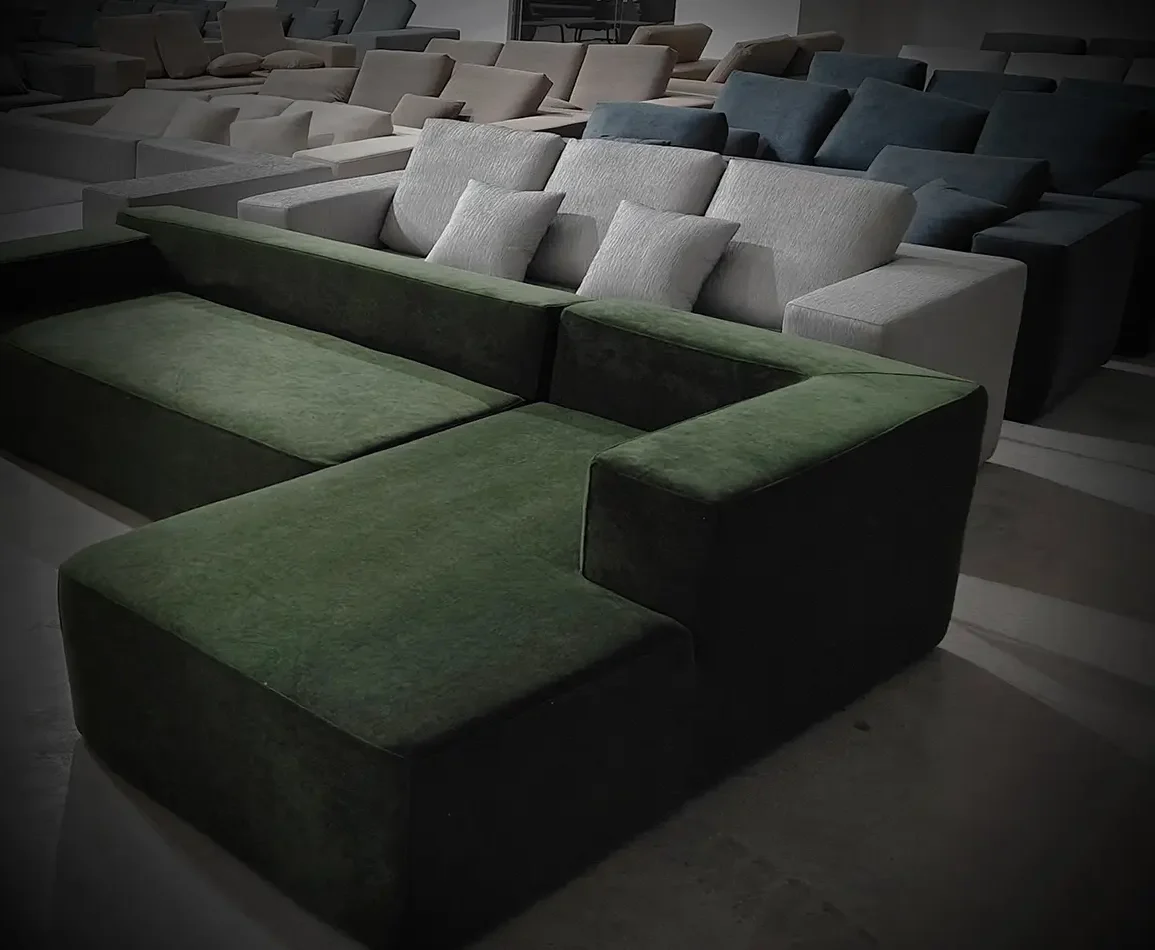
The longevity of sofa foam depends on usage, density, and material quality. Traditional sofas typically have thicker foam that withstands prolonged use better than compressed sofa foam.
Foam Durability Comparison
| Sofa Type | Expected Foam Lifespan |
|---|---|
| Compressed | 5 - 8 years |
| Traditional | 8 - 15 years |
Although compressed sofa foam is designed to recover from vacuum packing, it may degrade faster with daily use.
What Do Consumers Say About Foam Quality?
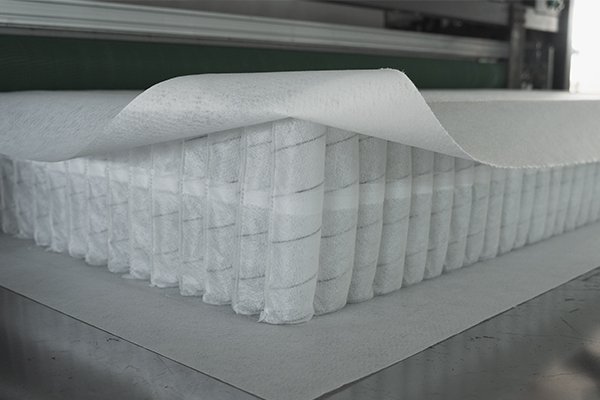
Customer reviews show mixed opinions on foam quality in compressed and traditional sofas.
Compressed Sofa Feedback:
✔️ Easy to transport and set up.
✔️ Offers good support initially.
❌ Some models lose firmness after a few years.
❌ May feel thinner than traditional foam.
Traditional Sofa Feedback:
✔️ Superior comfort and durability.
✔️ Thick cushioning provides better long-term support.
❌ Heavier and more expensive.
❌ Harder to move and transport.
Conclusion
Compressed sofas use advanced foam technology to maintain shape after compression, but traditional sofas often have better foam quality for long-term durability. If you prioritize easy transport and initial support, a compressed sofa is a good option. If you seek luxury comfort and longevity, a traditional sofa is the better choice.